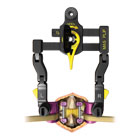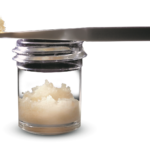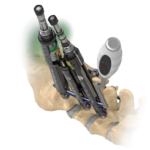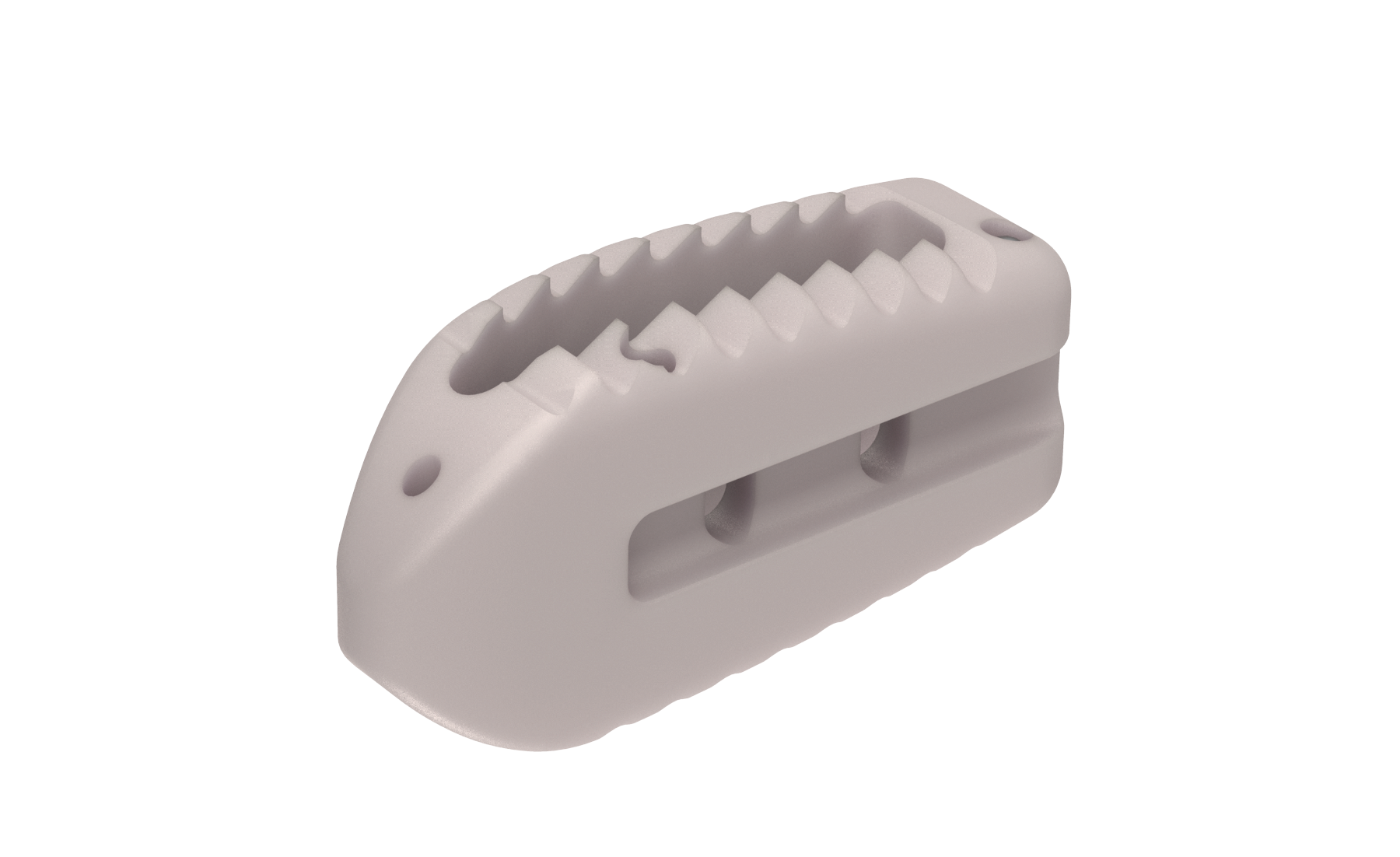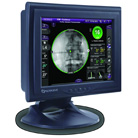MAS® PLIF
Maximum access surgery (MAS) posterior lumbar interbody fusion (PLIF) is a surgical procedure that was developed to provide spinal stability and help reduce pain in the lower back and lower extremities by using a less disruptive surgical procedure.
